Residencia Gyeonggyojang en Seúl (서울 경교장)
2.2Km 2025-08-20
Saemunan-ro 29, Jongno-gu, Seúl
La Residencia Gyeonggyojang está situada en Pyeong-dong, Jongno-gu, Seúl. Se la considera un sitio histórico y solía ser una oficina y residencia hasta que Bakebeom Kim Koo, figura lider durante el gobierno provisional de Corea, fue asesinado el 26 de junio de 1949. La casa es uno de los tres sitios donde actividades sobre la fundación de un gobierno democrático tuvieron lugar, antes de que se estabilizase por completo.
Teatro Nacional Jeongdong (국립 정동극장)
2.3Km 2021-12-28
Jeongdong-gil 43, Jung-gu, Seúl.
Caminando por el camino de las paredes de piedra del palacio Deoksugung, llegará al Teatro Nacional Jeongdong, que es un espacio cultural y artístico cercano a los ciudadanos de la zona. Fue inaugurado en el año 1995 bajo el objetivo de desarrollar y difundir el arte tradicional de Corea, introducir las actividades culturales en la vida cotidiana y fomentar la cultura artística en la educación. Durante un largo tiempo ha estado promoviendo una variedad de espectáculos de arte y facilitando a las personas que puedan disfrutar de él. Debido a estos esfuerzos y actividades que ha estado realizando el teatro, hoy en día, se ha ubicado como lugar tradicional y cómodo para apreciar las actuaciones.
Podrá disfrutar de las representaciones tradicionales permanentes y de las actuaciones exclusivas durante todas las épocas del año. El espectáculo tradicional permanente se estableció en el año 1995, y consta de las funciones de danza tradicional, interpretación musical de los instrumentos tradicionales, espectáculo de Samulnori, etc.
Especialmente en 2010, se lanzó “MISO”, la marca de los espectáculos permanentes, con el estreno del musical tradicional “Chunhyang Yeonga ("Historia de Amor de Chunhyang”), a fin de promocionar el valor y la belleza de la cultura coreana no solo a los turistas extranjeros sino también a todo el mundo. Recientemente, la segunda historia de MISO “Baebijangjeon” es apreciada tanto por los coreanos como por los extranjeros.
Samick Town (삼익패션타운)
2.3Km 2024-01-23
Namdaemunsijang 8-gil 7, Jung-gu, Seúl.
Biblioteca Namsan (서울특별시교육청 남산도서관)
2.3Km 2021-03-13
Sowol-ro 109, Yongsan-gu, Seúl.
La Biblioteca Namsan se inauguró como una biblioteca pública en 1922 en el barrio de Myeong-dong, en Seúl. En 1964 se trasladó al sitio actual y en el año siguiente obtuvo el actual nombre. Cuenta con 19 salas con diferentes materiales, entre ellos están la Sala de Humanidades, la Sala de Ciencias Naturales, la Sala de Letras y Literatura, la Sala de Publicaciones Periódicas y la Sala de Archivos Electrónicos. La colección está conformada por 500.000 libros, 16.000 artículos de otro tipo y 700 publicaciones periódicas.
Asimismo, desde 2005, está expandiendo su área más allá de lo común con el proyecto de curar con lectura, para lo cual se hizo una remodelación de la sala de asesoría de lectura y se están realizando talleres de capacitación de los encargados del proyecto de curar con lectura, talleres, programas de cura para individuos y grupos, etc. Además de estos planes, organiza a lo largo del año varias exhibiciones, clases, reuniones de lectura, cursos de temas profesionales, aula cultural, etc., con el objetivo de ser un espacio educativo de carácter permanente para los ciudadanos.
Arteaspoon (아티스푼)
2.3Km 2025-09-04
Sinheung-ro 36-gil 7, Yongsan-gu, Seúl
Observatorio Jeongdong (정동전망대)
2.3Km 2023-01-26
Deoksugung-gil 15, Jung-gu, Seúl.
Esta atracción oculta se encuentra en el piso 13 del edificio Seosomun, que pertenece al Ayuntamiento de Seúl. El espacio originalmente había sido utilizado para el almacenamiento de suministros y equipo del ayuntamiento, pero fue rediseñado como un observatorio en 2013 y ahora está abierto al público de forma gratuita. El mayor atractivo de este observatorio es que los visitantes pueden tomar una taza de café caliente (las bebidas tienen costo aparte) mientras contemplan la espectacular vista del palacio Deoksugung, la Plaza de Seúl y el área de Jeongdong. El paisaje cambia según las horas o la temporada, lo que constituye otra característica atractiva de este observatorio. Después de pasar por aquí, los visitantes también pueden conseguir un buen almuerzo en uno de los muchos restaurantes cercanos.
Pabellón Jungmyeongjeon (중명전)
2.3Km 2024-12-23
Jeongdong-gil 41-11, Jung-gu, Seúl.
Este sitio histórico se encuentra ubicado por detrás del palacio Deoksugung, cerca del Teatro Jeongdong. Fue la biblioteca real, construido durante el período 1897-1901, por el arquitecto ruso Seredin Sabatin, y consta de 3 pisos en total y es de estilo occidental. Su nombre original fue Suokheon. Después del incendio del palacio Deoksugung en el año 1904, fue utilizado como la oficina administrativa del rey y la sala de audiencia de las delegaciones extranjeras, y también fue el lugar trágico en donde se firmó el Tratado de Eulsa (tratado desigual en el que Corea fue ocupada y declarada protectorado japonés).
En un principio, el pabelló Jungmyeongjeon formaba parte del palacio Deoksugung, pero con el levantamiento del muro de piedra (conocido como el “Doldamgil de Deoksugung”), dejó de serlo. Es una de las primeras construcciones contemporáneas de Corea, pero por el incendio de 1925, solo ha quedado en pie la pared del edificio. Después de la independencia del dominio japonés (15 de agosto de 1945), ha tenido varios usos y dueños diferentes, hasta que en septiembre del 2006, el derecho de propiedad del inmueble pasó a la Administración de Patrimonios Culturales, y finalmente, en febrero del 2007, fue declarado Sitio Histórico Nº 124.
Centro Cultural Alemán en Corea (주한독일문화원)
2.3Km 2021-03-18
Sowol-ro 132, Yongsan-gu, Seúl.
El Centro Cultural Alemán en Corea forma parte del Goethe Institut y, como sucede en varios países del mundo, promueve la lengua alemana e intercambios culturales internacionales, proporcionando información sobre la cultura del país, la sociedad y la política.
Con una amplia red por todo el mundo, que incluye organizaciones culturales, centros de información, centros de examinación de lengua y centros de aprendizaje de lengua, es capaz de llevar a cabo tareas centradas en la cultura extranjera y las políticas educativas. El instituto también realiza actividades con lazos con organizaciones privadas y organizaciones culturales públicas, el gobierno federal alemán y las comunidades locales de Alemania.
Centro Comercial Mesa de Namdaemun (남대문 메사)
2.3Km 2024-01-25
Namdaemunsijang 10-gil 2, Jung-gu, Seúl.
Estación de Yongsan (용산역)
2.3Km 2021-04-15
Cheongpa-ro 56-20, Yongsan-gu, Seúl
Desde la introducción de los trenes de alta velocidad, la Estación de Yongsan se ha convertido en un importante nexo para los trenes con dirección a las regiones de Honam, Janghyang y Jeolla-do. Esta estación es también el punto de partida o final de diversos trenes expresos. La estación, de capital privado, ha sido remodelada en varias ocasiones para adaptarse a los nuevos tiempos, y se presenta como una de las principales estaciones de tren y metro de Corea. Cerca de la estación hay una tienda departamental, un mercado de electrónica y el I'Park Mall, convirtiendo la Estación de Yongsan en un punto de encuentro para muchos jóvenes.
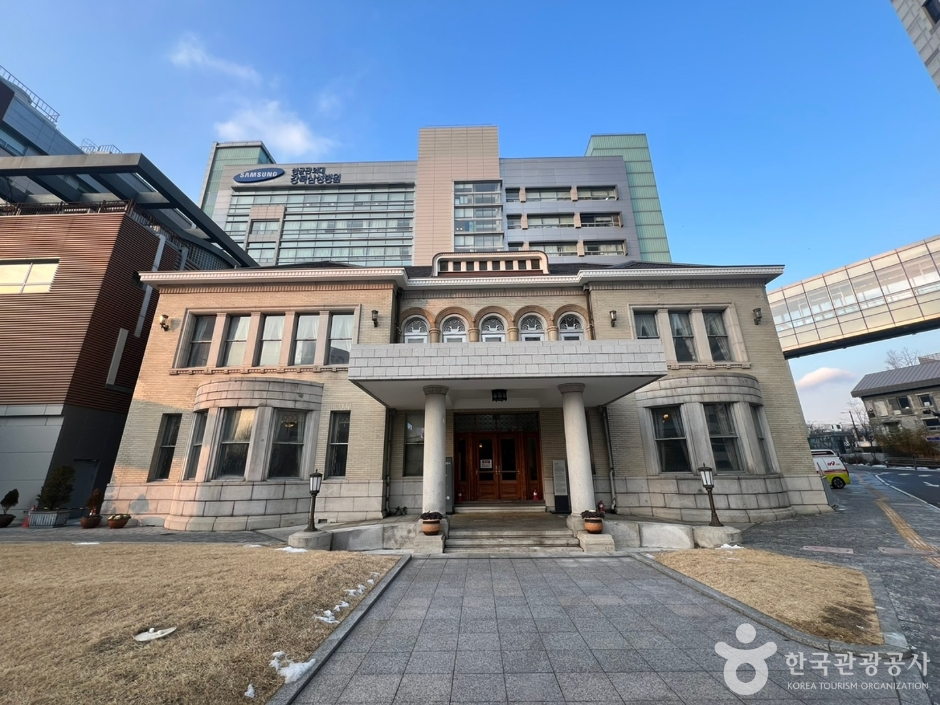
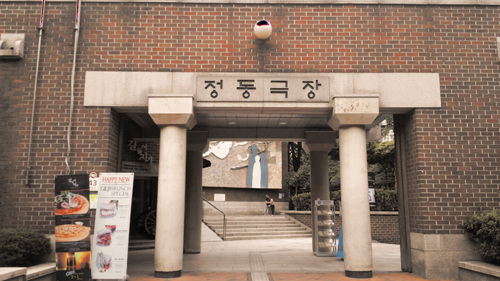
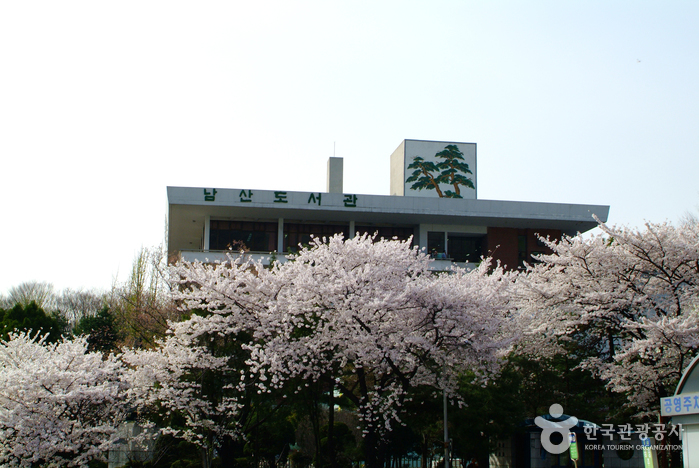
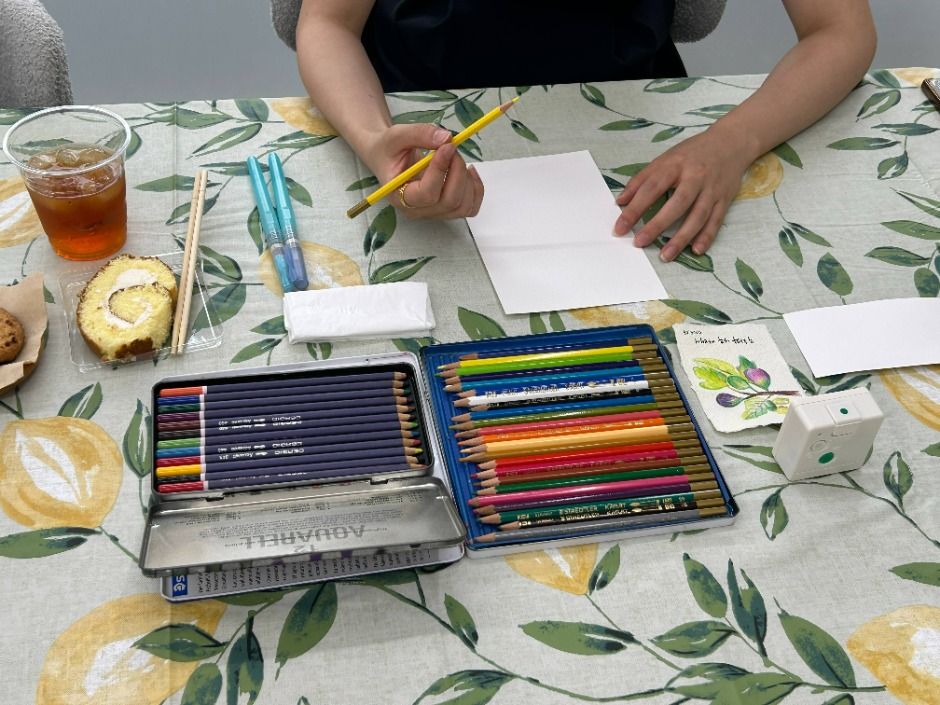

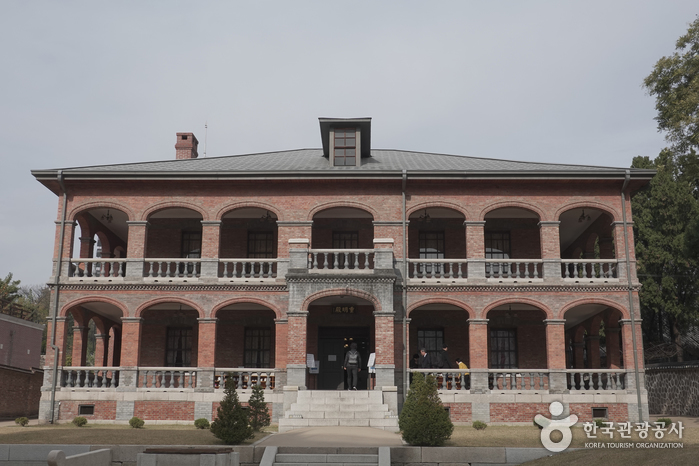
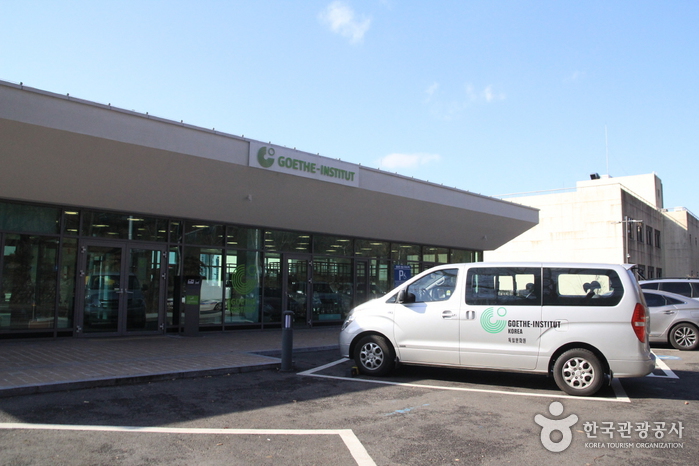
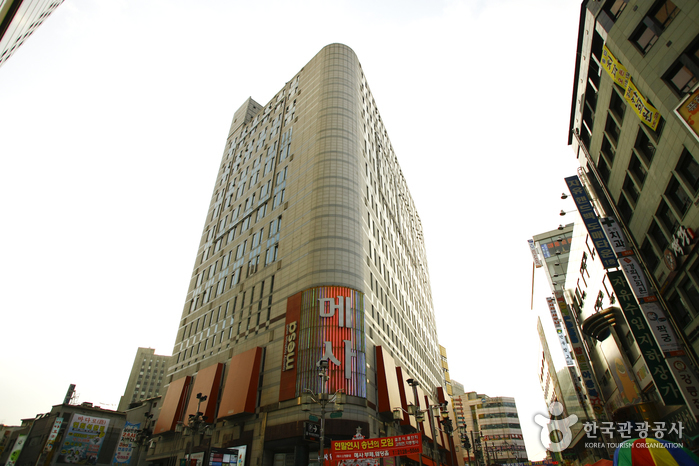
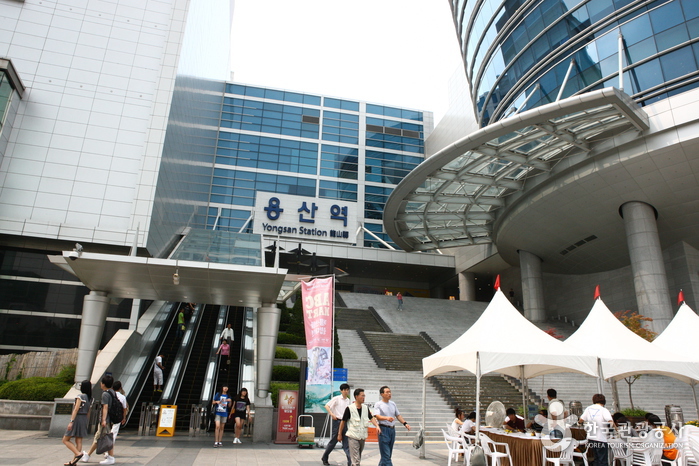
 Español
Español
 한국어
한국어 English
English 日本語
日本語 中文(简体)
中文(简体) Deutsch
Deutsch Français
Français Русский
Русский